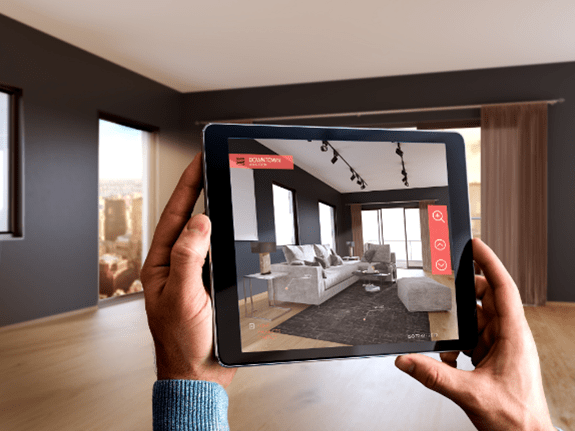
Virtual and Augmented Reality in Real Estate
In our current digital era, technology has permeated every aspect of our daily lives, whether it’s to enhance common services, optimize outcomes, or simply facilitate remote exchanges. The quest for innovation is already well underway in many fields, and real estate is no exception. Let’s explore how this sector has been impacted by these technological advancements.
Exploring differently through virtual reality

Already well-established in many sectors, virtual reality has found significant application in the real estate industry. This technology offers an entirely software-modeled experience, allowing real estate agencies to provide immersive tours through a simple screen. It particularly facilitates the presentation of properties even before their construction, offering potential clients a realistic 360-degree view.
Virtual reality is also used to enable clients to visualize spaces even before construction begins. Real estate developers can create 3D models of upcoming properties and allow buyers to virtually customize interior layouts, from color choices to furniture configurations.
Ralistic projections with augmented reality

Augmented reality, on the other hand, offers complete immersion by blending real elements with virtual ones.
Augmented reality applications allow users to overlay virtual information onto the real world. In real estate, this can be used to display real-time information about properties for sale when a user points their smartphone at a building. Property details, prices, and other information can appear on the screen.
Augmented reality can also be used to assist clients in planning the layout of their spaces. By using an app, potential buyers or renters can virtually overlay furniture, appliances, and other elements in an empty space, helping them visualize how the property could be configured according to their preferences.
Towards a more interactive experience
The integration of virtual reality and augmented reality in real estate radically transforms how properties are presented, explored, and customized. These technologies not only offer an immersive experience to clients but also facilitate decision-making by providing detailed information and allowing realistic visualization of properties. The future of real estate is shaping up to be more interactive, informative, and tailored to the individual needs of buyers and sellers.



